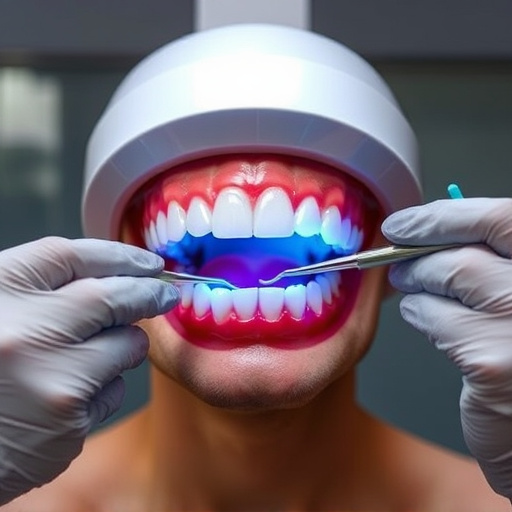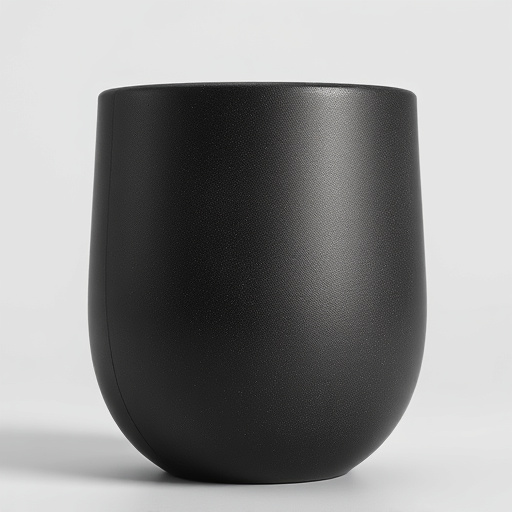Vehicle decal installation transforms cars into personalized canvases, offering both aesthetic enhancement and protective coverage. The process begins with meticulous paintwork preparation, followed by precise alignment and pressing of decals. Skilled technicians navigate curves and corners for a flawless finish. Post-installation, precision trimming is crucial to ensure perfect alignment and customization, boosting both functionality and aesthetics. Proper tools and techniques, based on decal material type, are essential for curves or intricate designs, with protective measures like films or tinting recommended to safeguard the car's paintwork.
After installing vehicle decals, the question arises: should you trim them? This guide explores the intricacies of vehicle decal installation and delves into the art of trimming. Discover how this final step enhances both the precision and aesthetic appeal of your decals. We’ll walk you through the benefits, best practices, and essential considerations for safe and effective vehicle decal installation trimming, ensuring optimal results.
- Understanding Vehicle Decal Installation: A Comprehensive Overview
- The Benefits of Trimming After Installation: Enhancing Precision and Aesthetics
- Best Practices for Safe and Effective Vehicle Decal Trimming
Understanding Vehicle Decal Installation: A Comprehensive Overview

Understanding Vehicle Decal Installation: A Comprehensive Overview
When it comes to vehicle decal installation, ensuring a flawless finish is paramount. This process involves carefully applying decorative or informative stickers to a car’s surface, whether for aesthetics, branding, or personal expression. The first step in achieving a professional look is preparing the vehicle’s paintwork. This includes cleaning and decontaminating the area to guarantee optimal adhesion of the decals. Proper preparation prevents bubbles, wrinkles, or peeling that can compromise both the aesthetic appeal and durability of the installation.
During installation, skilled technicians meticulously align the decal, starting from one edge and smoothly working their way across the surface. Special care is taken around curves, corners, and intricate designs to maintain precision and integrity. Once positioned correctly, the decal is pressed firmly using a smooth, heavy roller or specialized equipment. This step ensures complete contact between the decal and the paintwork, fostering long-lasting adhesion. Vehicle decal installation goes beyond mere application; it’s an art that combines skill, attention to detail, and a keen eye for design, ultimately enhancing the vehicle’s appearance through personalized car customization while providing protective vehicle protection.
The Benefits of Trimming After Installation: Enhancing Precision and Aesthetics

After installing vehicle decals, trimming them with precision can significantly enhance both the functionality and aesthetics of your car. One of the primary benefits is improved accuracy, ensuring that each decal adheres perfectly to the surface without any overlaps or gaps. This meticulous step is crucial for a seamless finish, especially in intricate designs that require precise placement.
Additionally, trimming allows you to customize the look according to personal preferences. By carefully cutting away excess material, you can create a clean edge, highlighting the beauty of the decal and the underlying vehicle surface. This attention to detail is particularly appealing when showcasing custom graphics or logos, making your vehicle stand out as a true reflection of your style—a service often provided by premium automotive services that specialize in vehicle wraps and protective coatings.
Best Practices for Safe and Effective Vehicle Decal Trimming

After successfully installing vehicle decals, proper trimming is essential for achieving a clean and professional look. Best practices involve using precision tools like sharp scissors or a dedicated decal trimmer to cut along the decal’s edge, ensuring it aligns perfectly with your car’s surface. It’s crucial to wait until the decal has fully cured, usually 24-48 hours after installation, to avoid damaging the adhesive. Before trimming, inspect the application for any bubbles, wrinkles, or misalignments, addressing these issues first if necessary.
For safe and effective trimming, consider the type of material used in your vehicle decals. Some materials may require specific tools or techniques for optimal results, especially when dealing with curves or intricate designs. Additionally, protecting your car’s paintwork during this process is vital. Using a paint protection film or engaging in window tinting as part of your preparation can help safeguard the surrounding areas from accidental damage caused by trimming tools.
When it comes to vehicle decal installation, trimming is a crucial step that can significantly enhance both the precision and aesthetics of your design. By carefully trimming decals after installation, you ensure a clean, professional look, eliminating any rough edges or misalignments. This process allows for maximum customization, enabling you to tailor your vehicle’s appearance exactly as desired. Following best practices for safe and effective trimming ensures long-lasting results, preserving the vibrancy of your decals and keeping your vehicle looking its best.














